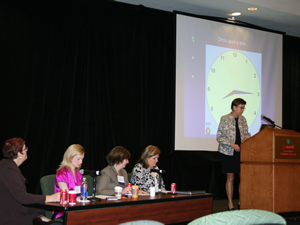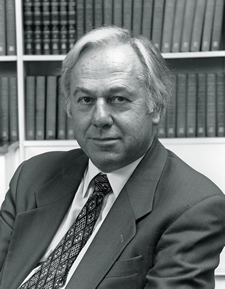Cilia are tiny hair-like structures on the outside of cells. Your memory of cilia may extend back to biology class, when you saw a picture of a paramecium or lung tissues, where cilia keep surfaces free of dirt and mucus.
In the last few years, scientists have been learning more about cilia’s many roles in the body. Nearly all mammalian cells have cilia, and they are thought to act more like antennae, sending and receiving signals. Defects in cilia have been connected to lung, heart, kidney and eye diseases. Accordingly, Emory’s 15th BCMB training grant symposium focuses on cilia, beginning Thursday evening with a keynote talk by Susan Dutcher from Washington University, St. Louis and extending all day Friday.
At Emory, cell biologist Winfield Sale’s laboratory uses the model system of the alga Chlamydomonas to study dynein, a molecular motor that drives the functions of cilia. In addition, geneticist Tamara Caspary’s laboratory is studying how defects in cilia can lead to altered embryonic development. Ping Chen’s group has been examining cilia in the context of inner ear development.
This week’s program is sponsored by Emory’s graduate program in Biochemistry, Cell and Developmental Biology, the Departments of Cell Biology, Biochemistry, Pharmacology, Biology, Microbiology and Immunology, Physics, the Graduate Division of Biological and Biomedical Sciences and the Woodruff Health Sciences Center.















